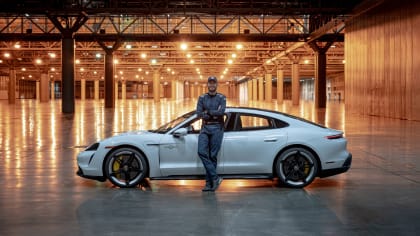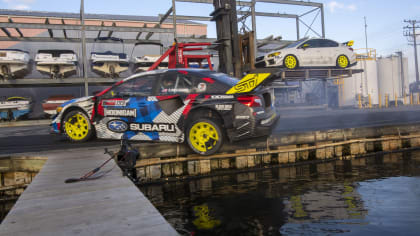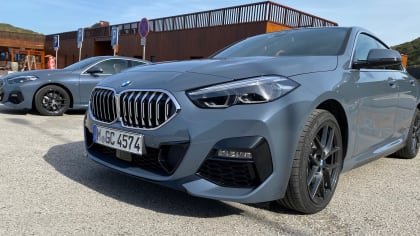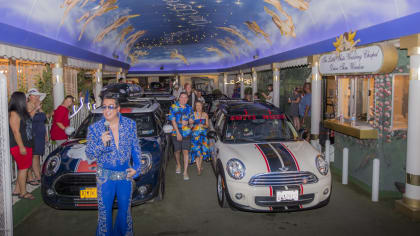Tips & Tricks For Safe Driving
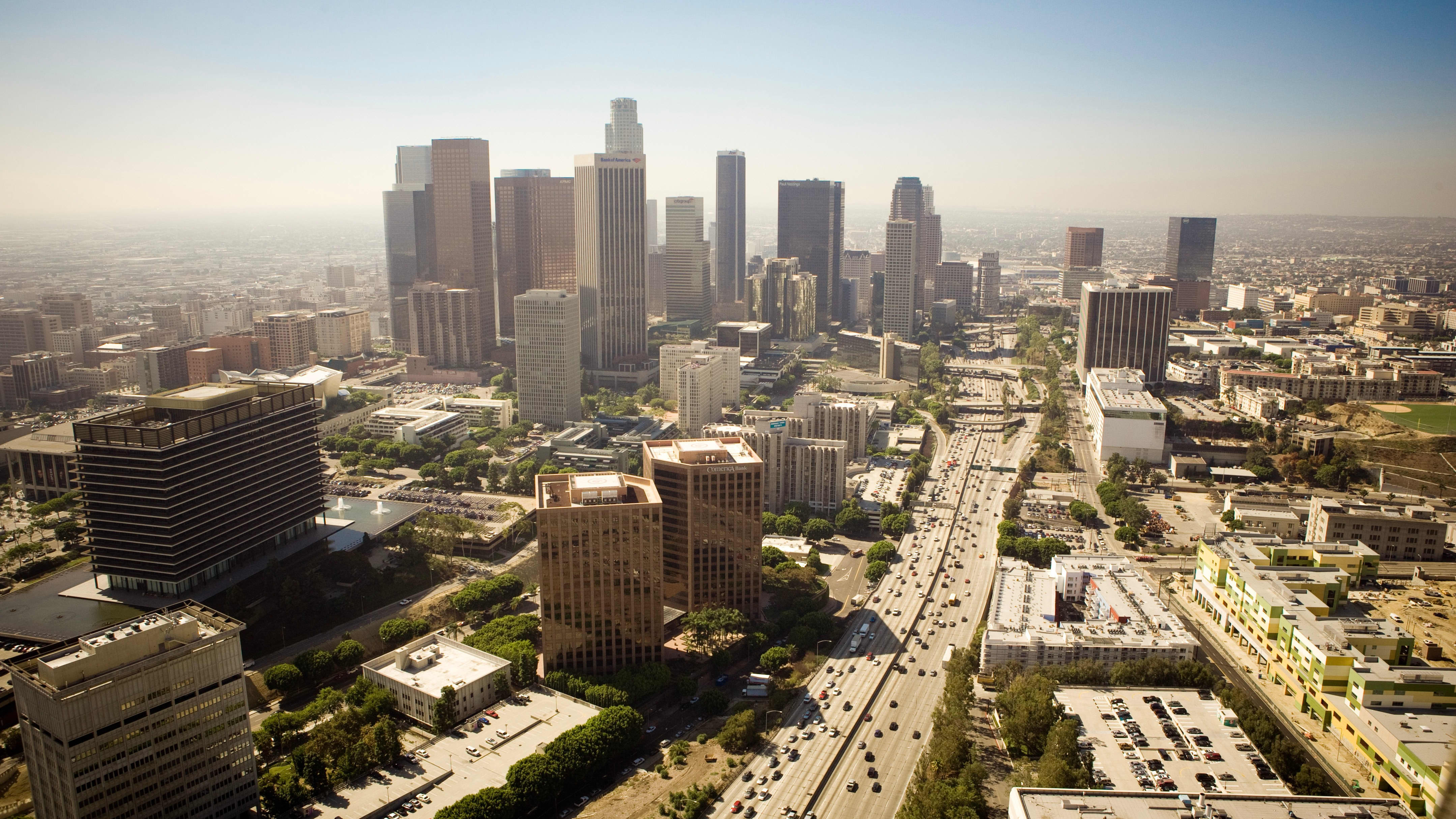
11 Car Tips & Tricks We Hope You’ll Never Need To Use
Keep these car hacks in mind next time you're behind the wheel, and fingers crossed, you'll never have to use them!
By The Editors
Thu, Sep 8, 2022 03:09 PM PST
This article is not a substitute for knowing the law and driving/riding in a safe manner. It's meant as a resource, but not a legal resource of any kind: Do your homework and drive safe!
The safe driving tips below may never come in handy - but it's always better to be prepared.
The internet is full of car tips and tricks that make life behind the wheel a little easier and safer. But some of these tips are more essential than others. Here are 11 car hacks you should definitely know, even though we hope you'll never have to use them:
1. If your car starts to overheat, turn on the heat
The first instinct when your car starts to overheat is to turn on the air conditioning - but that's actually the worst thing you can do. The A/C puts additional strain on an already overheated engine, and can make the problem worse. Instead, crack open the windows and turn on the heat. It may not be comfortable for you, but it will help cool down the engine.
2. If you get a flat tire on a busy freeway, don't panic
If you have a spare tire in the trunk, the process of changing a flat is relatively simple. But what do you do from the moment your tire blows to the moment you are safely changing the tire?
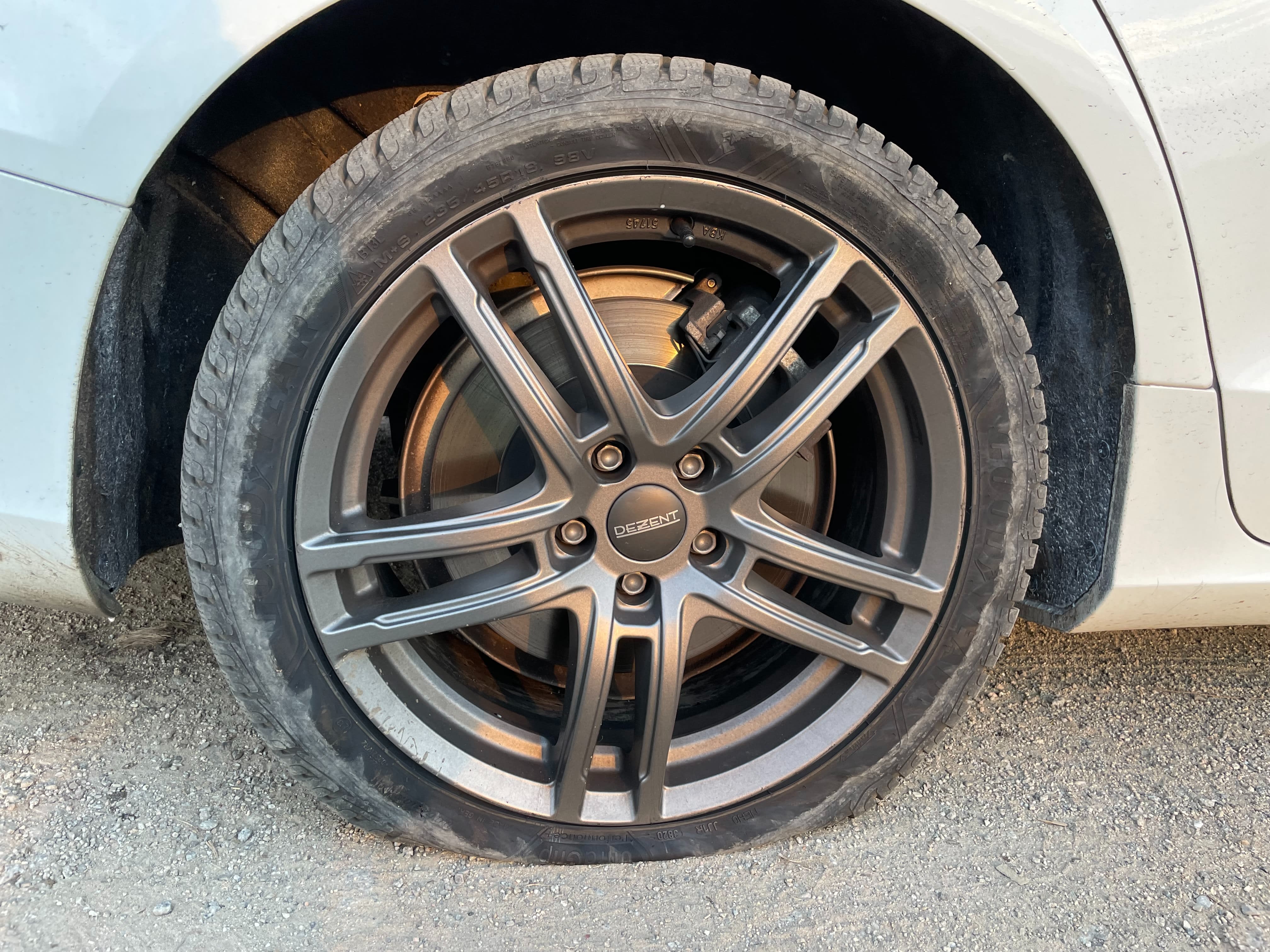
First, find a safe place to pull over. If you can't find one, stay in your lane and drive slowly with your hazard lights on until you find an exit or a less busy area. Many modern cars have run-flat tires installed, so as long as you go slow and steady you should be able to keep going until you find somewhere safe to pull over.
You’re looking for a flat, stable, compact surface that is not on an incline. You should also be far away from any blind rises or curves, so that oncoming vehicles have enough warning about your presence.
When you pull over, make sure you are as far off the road as possible and that you have enough space to work without exposing yourself to passing cars. Don’t forget to put out the emergency warning triangle or cone at a safe distance from your car and to keep your hazards on. Keep your keys secured in your pocket or on your person somewhere, so you don’t lose them. Then you can go about changing your tire.
Now, if you are unsure about the safety of getting out of the car (if it’s dark or you’re on your own in a sketchy area) maybe just pull over, call roadside assistance, and keep the car locked until official help arrives.
3. If your car starts to skid, resist the urge to brake
If your car starts to skid, the first thing you want to do is hit the brakes. But braking can actually make the skid worse. Instead, take your foot off the gas and steer in the direction you want the car to go. Once you have regained control of the car, you can slowly start to brake.
If you’re hydroplaning in heavy rain, this is especially important. Your wheels don’t have traction because of the layer of water on the road and your best bet is to steer carefully in one direction until you start to slow down or reach a dry patch of road where it’s safe to start braking.
4. If you get stuck in sand or snow, don't spin your tires
If you're stuck in sand or snow, the worst thing you can do is spin your tires. All this will do is dig the car deeper and make it harder to get out. Take that foot of yours off the gas and exit the vehicle... Then you can go about digging yourself out of there.
First, dig around the tire to make some level, compact ground. Then, create traction. If you’re stuck in snow, put a little sand or cat litter under the wheels for traction. If you’re stuck in sand, you can use traction mats (if you have ‘em, that is) or you can use the floor mats from inside your car. Anything to give your tires the grip they need to get out of the hole. This should be enough to get you back onto solid ground.
5. If your windshield freezes, don't pour hot water on it
Pouring hot water on a frozen windshield might seem like an effective way to defrost it, but it can actually crack the glass. Instead, use a scraper to remove the ice, or pour a little rubbing alcohol on the windshield. The alcohol will help to melt the ice without damaging the glass.
6. If your car is running out of gas, don't keep driving
If your car runs out of gas, it's not going to magically start running on fumes. So, if he gas-light turns on, don’t keep driving until the car eventually stops in the middle of the road or somewhere equally unsafe. The best thing you can do is to pull over and call for help. Whether you need a tow or just a few gallons of gas, it's better to be safe than sorry.
A good tip is to keep a Jerry or little gas can in your trunk when you go on long drives. Make sure it’s made of approved materials though, because anything non-regulation can be extremely dangerous - you could have vapor leaks, or the cap could spill a bit of the highly flammable gas into your trunk and that can lead to all sorts of disastrous things.
7. If your power steering fails, don't turn the wheel too sharply
If your power steering fails, it will be harder to turn the wheel. But if you try to turn it too sharply, you could end up losing control of the car. Instead, turn the wheel slowly and carefully until you can get the car to a safe stop.
8. If your brakes fail, don't panic (but do try to stop)
If your brakes fail, it's important to stay calm. The first thing you should do is downshift into a lower gear. This will help to slow the car down. Once you've downshifted, start pumping the brake pedal rapidly. This may not stop the car completely, but it will help to slow it down.
And finally, use whatever you have - the emergency brake, the gear shift, or even your shoes - to stop the car.
9. If your car catches fire, don't try to put it out yourself
If your car catches fire, the best thing you can do is to get away from it as quickly as possible. Once you're a safe distance away, call 911 and let the professionals handle it. Trying to put out the fire yourself is only going to put you in danger and, at best, will most likely be an exercise in futility.
10. If your window breaks, cover it up before driving on
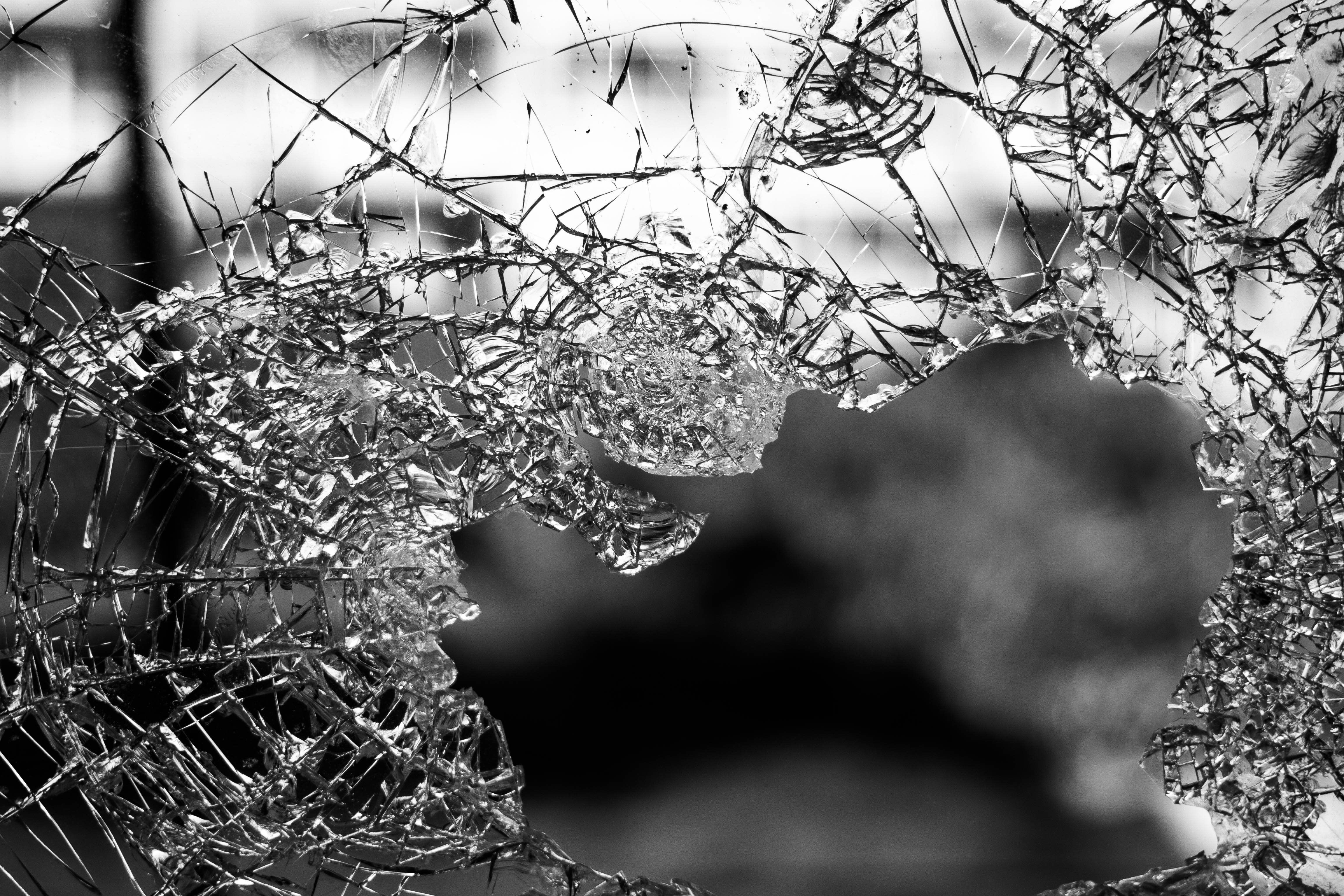
Your window could break while your car is parked and you’re not in the vehicle, but there are also certain situations where your window can break while you are in the car and driving. This could be due to hail, a stone clipping the glass, or any number of undesirable things.
If your car window breaks, it's important to cover it up until you can get it properly repaired. Obviously, this is not the case for the windshield - you don't want to cover your windshield up and not see where you're driving..!
There are ways to cover your broken car window temporarily so that you remain protected until you can get it replaced. First of all, don’t pick up the broken glass with your bare hands. Use a towel or some thick material and put it somewhere so you can dispose of it later.
Clear the rest of the glass from the window with a small hammer or the heel of a boot. If you can, vacuum up the rest of the glass on the seat so that you and your passengers won’t be cut.
Wipe the frame and use masking tape to protect your car’s paint from whatever adhesive you plan to use to secure your window cover.
The Macgyver way to cover your window is to use clear duct tape. Try to keep some clear duct tape in your glove compartment, along with a microfibre cloth and masking tape, so that you won’t be caught unprepared.
11. If you're in an accident, don't leave the scene
If you're involved in an accident where someone ir something other than your car is damaged, it's important to stay at the scene. Leaving the scene of an accident is a crime in most states (includeing California) - and even if it's not a crime, it's still not a good idea.
If you leave, the other driver could accuse you of hit and run.
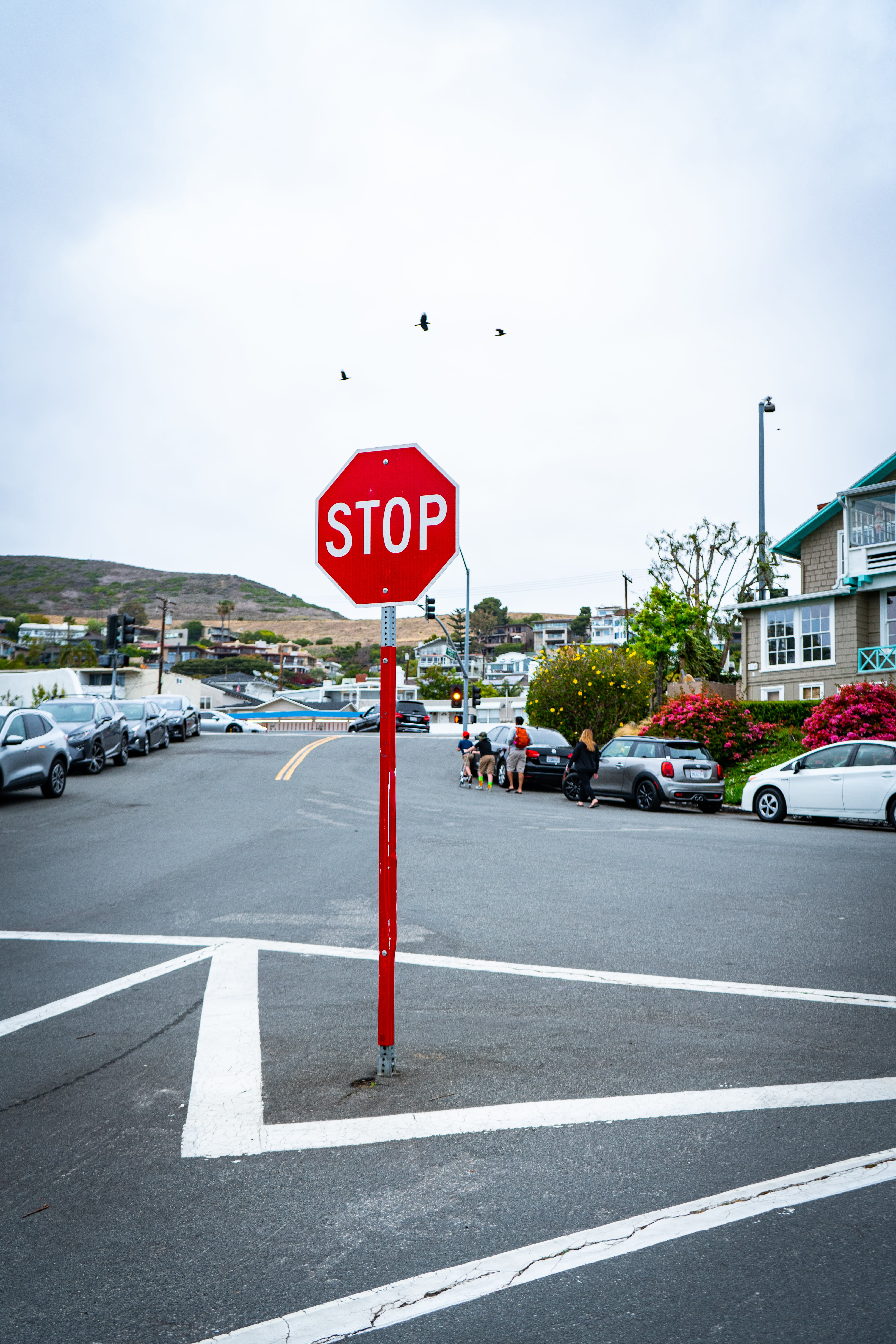
To Sum Up
And there you have it - 11 tips you need to know but that we hope you never have to use. If you ever find yourself in a situation where you need them, we hope they help. Stay safe out there!
Photo credits: Daniel Lee (featured image), Oxana Melis, Bernd Dittrich, and Jilbert Ebrahimi.

